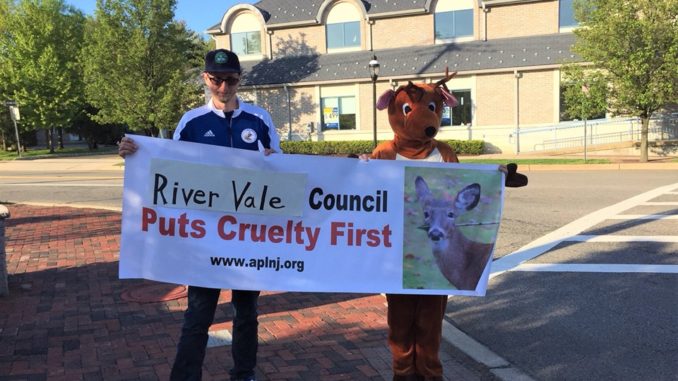
To the editor:
Re: “Woodland Stewards Worry About Deer Impact,” Northern Valley Press, Aug. 9:
It’s disappointing when trusted nature mavens mislead the public by blaming deer for our problems. People who love nature combine compassion with science to benefit everyone. Saying otherwise serves no one and is disingenuous.
The fact is that there are science-based nonlethal conflict and impact management practices for deer available for the understory/forest health. It’s never been about deer numbers. Deer have evolved with forests for millennia. It’s about managing conflicts and impacts with deer as humans continue to encroach into wildlife habitat.
We, not deer, are the cause of any understory issues in our area. We cannot continue to fragment forests by overdeveloping and overpopulating and then want to kill the innocent animals who are struggling to adapt. Why can’t we adapt?
I respect most of the educational work that our nature centers do. However, it’s time to act and implement a deer-smart community. Here are some ways to do it:
• Public education on deer.
• Conflict and attractant management.
• Restoring wildlife habitat in communities.
• Wildlife feeding bans including baiting.
• Plant and forest health education.
• Invasive plant and seed removal programs.
• Fencing (for larger wooded areas and for individual new tree plantings).
• Fertility control (including public education).
Artificial feeding and baiting for hunting purposes increases doe fertility. Wildlife feeding bans can help reduce doe fertility. Deer become habituated and overbrowse areas where feeding occurs. Deer scat aids forest regrowth by seed dispersal, especially in wetlands.
Hunting is not effective. Deer populations will increase long term as more food and resources become available to remaining deer.
Hunting isn’t safe. Three illegal hunting incidents happened in northern Bergen County two months after the Saddle River hunt began.
Hunting is cruel. Bow-hunting deer has an 18% to 50% wounding rate. It’s a lose-lose. We deserve better.
Another point is deer do have predators other than coyotes in our area. Fawns have been killed by foxes. Off-leash dogs have killed deer and chased them into roadways. Implementing a deer-smart community plan restores the natural balance.
For more information visit aplnj.org/wildlife-advocacy.
Mark Nagelhout”
Animal Protection League of New Jersey
The writer, from Park Ridge, is a trustee of Demarest Nature Center
